Zhang Shangchao, the designer of DORIS ZHANG Duzhen talks about the oriental heritage of color
DORIS ZHANG focuses on the depiction and analysis of “cultural storiesâ€. It reinterprets and expresses the essence of traditional Chinese culture that has been carefully refined in a full-hand-painted way. It hopes to combine traditional concepts of temperament with modern lifestyles and through intuition. The prints express the inheritance and respect of Chinese culture.
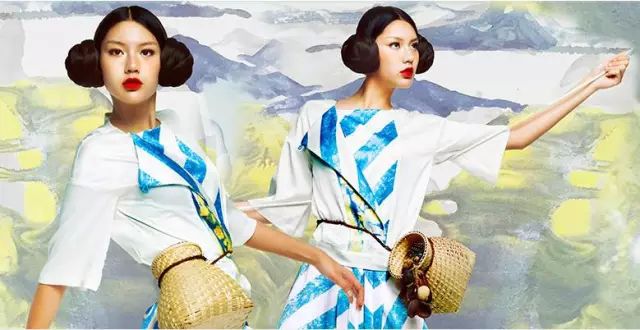
Zhang Shangchao was obsessed with understanding and analyzing traditional culture, integrating his own attitudes and understandings of life and life into traditional culture, refining and recreating, integrating intangible cultural heritage into design, and letting inheritance become a trend, allowing more Young people view traditional culture through a great hidden world attitude.
The Herbalist series was inspired by an article unintentionally read by Zhang Shangchao related to the herbalist. The designer's pristine attitude, the ancestral generation’s awe and reliance on the mountain, gave rise to an interest in the pure ambiguous feelings. Persevering life has become a source of inspiration for her. Therefore, Yuan Shan Shi Yi has become a painting she has written and combines modern stripes to overlap the old and new outlines. This is their attitude towards inheritance and an expression.

Q=Pine tree
A=Zhang Shangchao
Q: Why did you choose to create this brand?
A: I wanted to start my own business in about 12 years. When I graduated in 2006, I started a company with my own teacher, mainly doing silk design that favored the Chinese style. Later, because of the delay of two years of marriage, and in 12 years, I wanted to do a design that was more in line with my own philosophy. Therefore, in 13 years, I started to create the current brand.

Q: Why did you choose to express yourself through painting?
A: Just because individuals like it better, various types of paintings such as Chinese paintings, watercolors, and sketches will all be painted. Since I was very interested in these traditional folklore things, I wanted to use my own background to paint the stories I wanted to express. When I showed up, I didn't have the legitimacy to learn painting. In fact, this also has the advantage that I will not be confined by certain established frameworks, and I can express myself more freely.
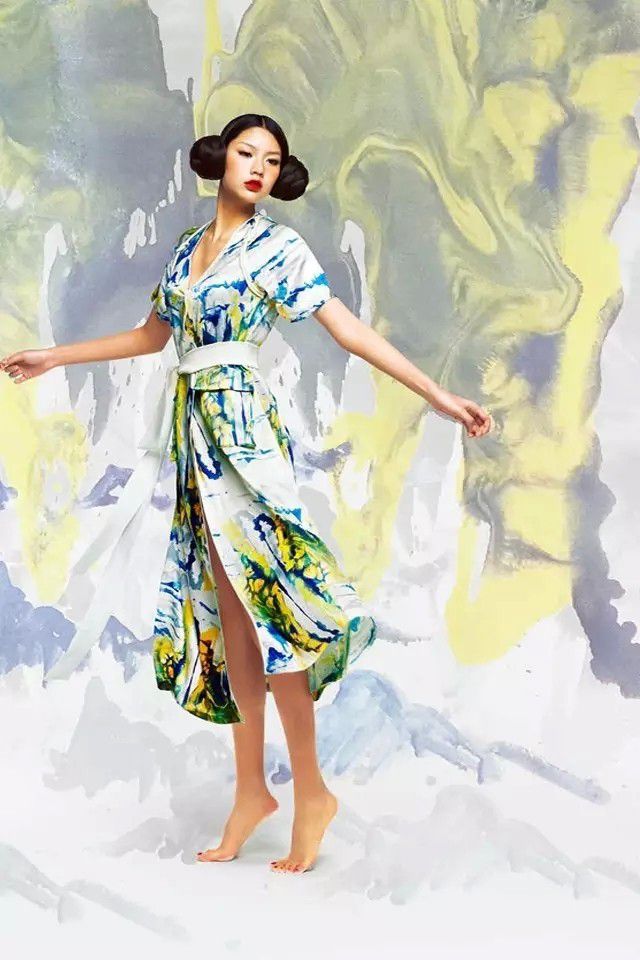
Q: What do you think about the modern use of Chinese traditional culture in design? Do you use traditional Chinese cultural elements in your designs?
A: Now that there are more and more Chinese styles in China, some of them are following suit, seeing that the international big names have begun to use some Chinese elements in their designs, and then they have begun to follow suit. On the other hand, some designers are indeed The understanding and understanding of traditional Chinese culture are improving. I think this is a good thing. No matter what the intention is, the idea that everyone should start Chinese-style design is good. Traditional things should be promoted and inherited. The recognition of our brand is our hand-painted humanistic printing. This concept is still relatively rare in the current market. The Chinese style design that comes into contact with me from my personal point of view is quite a lot, two or three categories are more obvious, one category is like summer. Chen Chen like this, they themselves have a brand positioning, will use some heavy craft to express Chinese style. There is also a category of Zen tea wind design. There is a flood of existence in these places like Taobao. I don't have much to do with this one.

Q: What do you think about the characteristics and advantages of your brand?
A: We mainly do printing. We use the story to make fun. We are doing this earlier. I hope that fashion can be integrated into people's daily life. If you make a dress, you will wear one or two a year. This time, it was just put there as a costume, and I didn't think it had achieved its value. Clothing is a daily necessities and should be profoundly reflected in all aspects of your life. This is an attitude towards life. We take the printing point of view as an entry point, which is also where our brand identity is. At the same time, these printings are also exquisite, like herbalists. The series of the Shanhai Classics and the Twenty-four Solar Terms series each have their own theme prints, mainly printed stories, cultural support and national culture behind them.
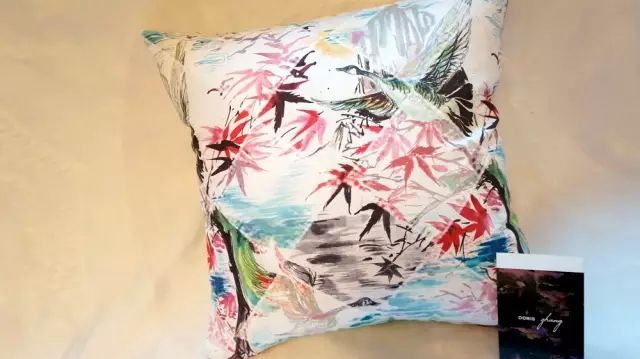
Q: How do you classify your own design style? What philosophy does it uphold when designing?
A: Fantasy oriental studies, humanistic storytelling, I would like to present an attitude of Chinese life, not just clothing, but also a series of household items, allowing Chinese culture to integrate into a person’s living conditions. A small category has a lot of limitations. Too complex design from a market point of view, low wear and high market acceptance, you have to find a balance between the market and the individual. In terms of aspects, I will first present the design in my head and then attract customers with the same wavelength. In fact, I think that they have the same temperament as self-confidence. They themselves are pursuing their own taste, and there are new Chinese styles. His own understanding is the pursuit of wearing comfort, and a free style. He has his own unique understanding of things. From the inside out, he gives off a calm, calm, introverted self-confidence, as well as a mature, introverted temperament accumulated through experience. .

Q: What is the difference in design style between the parent-child series and the ready-to-wear series?
A: The style of our entire clothing brand is fixed, but the parent-child series exists as a special series. For example, mother's day may be a special mother's day scarves, and the parent-child series is one of the first ones made for her daughter when it was raining. The design was not sold at that time. Rainfall has a folklore that the married daughter will send a red cloth back to her parents' house. That day happens to be the birthday of my daughter. I used a picture that I drew when I was pregnant. The design of this series.

Q: Your design style is biased towards Chinese style. Does the choice of fabrics favor natural or emerging fabrics?
A: Natural fibers are often used in our early products, but later customers have some problems. For example, silk products are troublesome to take care of, and cotton products have low color fastness and are easy to fade. Because our design is mainly performed through digital printing, it can restore the artistic conception of the painting. If the product fades, it is a great loss to my finished product, and our brand style is biased towards casual fashion. The style should have a sense of drape and flowing, cotton and linen fibers will be a little loose, in the lack of effect. The development of chemical fiber fabrics has been very advanced and environmentally friendly. That is to say, the texture and skin-friendlyness of cotton and linen can be reduced to a great extent. At the same time, it is easier to handle and durable. I think if a garment is thrown into a washing machine It's easy to wear, it's convenient. It's also an environmental protection. If I deliberately pursue cotton and linen and plant printing and dyeing, and spend a lot of water and dyes, it is actually not environmentally friendly. Like the traditional art of tie-dyeing, we will conduct a lot of manual activities with our customers online to bring guests to understand these, but we will not apply these techniques to garments because it has a problem of color fastness and it is impossible to maintain quality. Guaranteed. Therefore, we must choose according to specific styles and requirements. Nowadays, we can try various new avant-garde materials such as bamboo fiber.
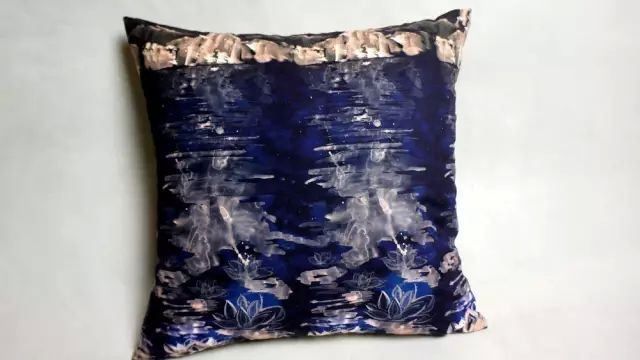
Q: During the design process, you will be more self-conscious. Do you insist on some artistic features or will you adjust according to the changes in the market?
A: I will still be more loyal to my ego, and I will think less about marketability. Sometimes you think that the acceptance of a small minority of people is actually higher than the customer's imagination. There are thousands of people in the world. Some people always like it. I just calm down and do my things. People I like will naturally buy. I don't want people who don't like it. Or you should focus on yourself and let more and more people see your work. Then a few hundred people or a thousand people are always like your design. Design is such a slowly accumulating process. .



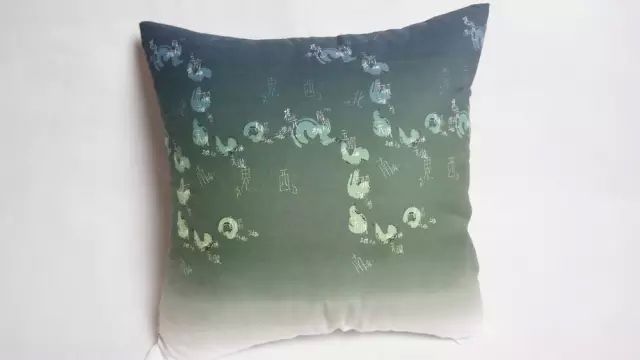
The surface of the alloy blade is flat and smooth . The blade width is 2.5cm, Shading can also give indoor fresh air blade free turnover day lighting. Aluminum magnesium alloy leaves treated by baking process are waterproof and oil proof, suitable for kitchen, bathroom, and office. Encrypt aluminum piece, close closely, do not leave aperture, shading is strong enjoy the illicit close space that belongs to him. High strength aluminum alloy material, good toughness, blade is not easy to break deformation. Keep out ultraviolet rays, shade the sun and heat insulation, save energy and cool down. Manual, electric and remote control system selection, simple and convenient operation.
Aluminum Window Blinds,White Aluminium Venetian Blinds,Oil Proof Aluminum Curtain,Curtain Blind Aluminum Alloy
SHAOXING JEVA IMP.&EXP CO., LTD. , https://www.sxcurtain.com